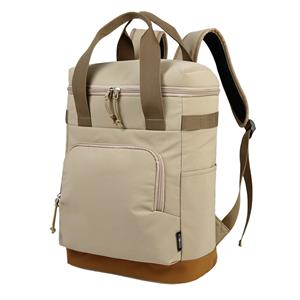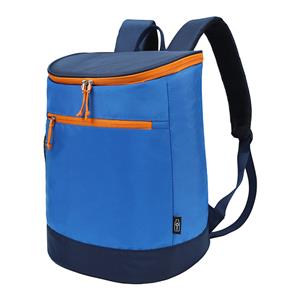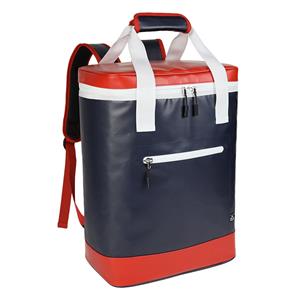- Corporate News
- Industry News
- Blog
- Product news
The Future of Cooler Backpacks: Trends and Innovations
Looking ahead, the cooler backpack industry is poised for exciting developments driven by consumer demands and technological progress. These emerging trends and innovations are set to further enhance the functionality and appeal of cooler backpacks.

I. Sustainable Materials and Practices
As environmental consciousness grows, there is a strong trend toward using sustainable materials in cooler backpack production. More manufacturers are experimenting with recycled fabrics, organic cotton blends, and biodegradable insulation materials. These eco - friendly alternatives aim to reduce the carbon footprint of cooler backpacks without compromising on performance.
In addition to materials, sustainable production practices are gaining traction. Companies are focusing on reducing energy consumption during manufacturing, minimizing waste in production processes, and implementing ethical sourcing of materials. This holistic approach to sustainability ensures that cooler backpacks are not only environmentally friendly in their composition but also in how they are made.
II. Smart Integration and Connectivity
The integration of smart technology is expected to become more prevalent in cooler backpacks. Beyond basic temperature monitoring, future models may include features like automated temperature regulation. Using built - in cooling elements powered by renewable energy sources or high - capacity batteries, these backpacks could actively maintain a set temperature without requiring ice packs.
Connectivity features are also likely to expand. Cooler backpacks may come equipped with Bluetooth or Wi - Fi connectivity, allowing them to communicate with other smart devices. For example, a cooler backpack could be linked to a smart home system, enabling users to pre - cool the backpack before leaving home or receive notifications about the backpack's status while away.
III. Customization and Personalization
Consumers increasingly desire personalized products, and cooler backpacks are no exception. Manufacturers are offering customization options such as personalized embroidery, custom color schemes, and modular design components. This allows users to tailor the appearance and functionality of their cooler backpacks to match their individual styles and specific needs.
Customizable insulation levels could also become a reality. Users might have the option to adjust the thickness of insulation or add insulation boosters depending on the climate and intended use, providing a more flexible and adaptable cooling solution.
IV. Expansion into Niche Markets
As the cooler backpack market matures, there will be greater expansion into niche markets. For example, cooler backpacks designed specifically for medical transport will incorporate advanced features to meet strict regulatory requirements for medication storage. In the culinary world, professional - grade cooler backpacks for chefs and food artisans will emphasize precise temperature control and aesthetic design suitable for high - end food presentation and transport.





